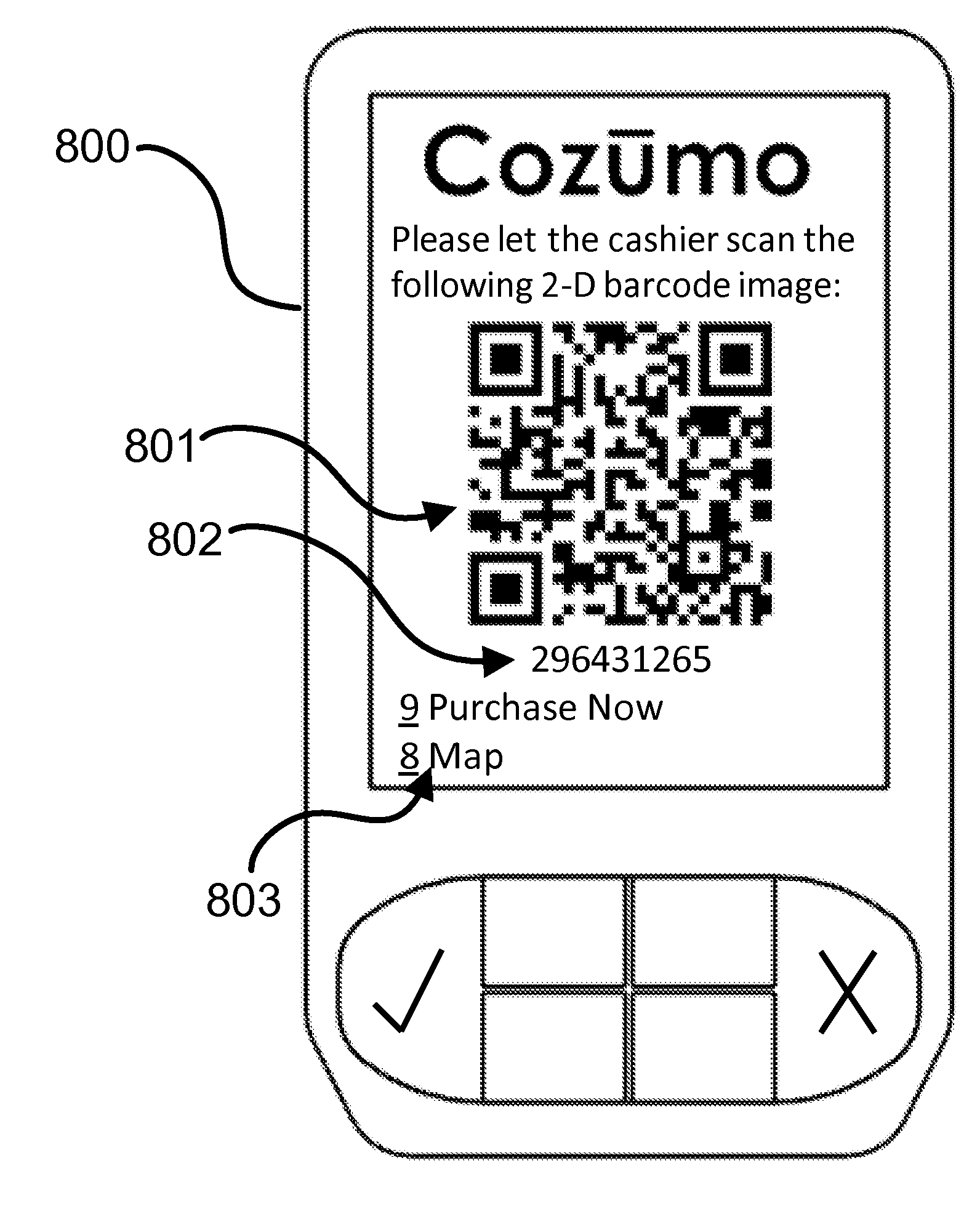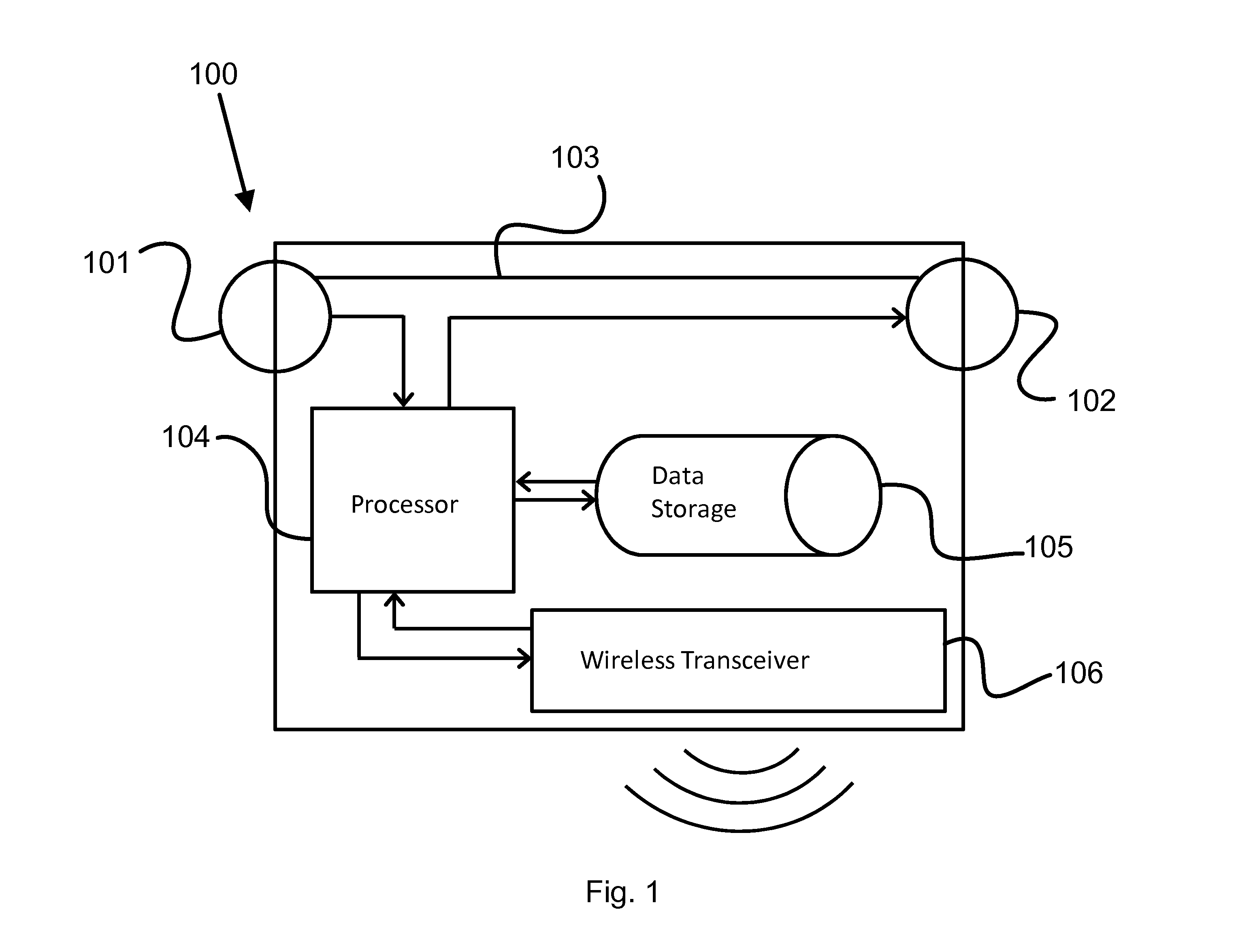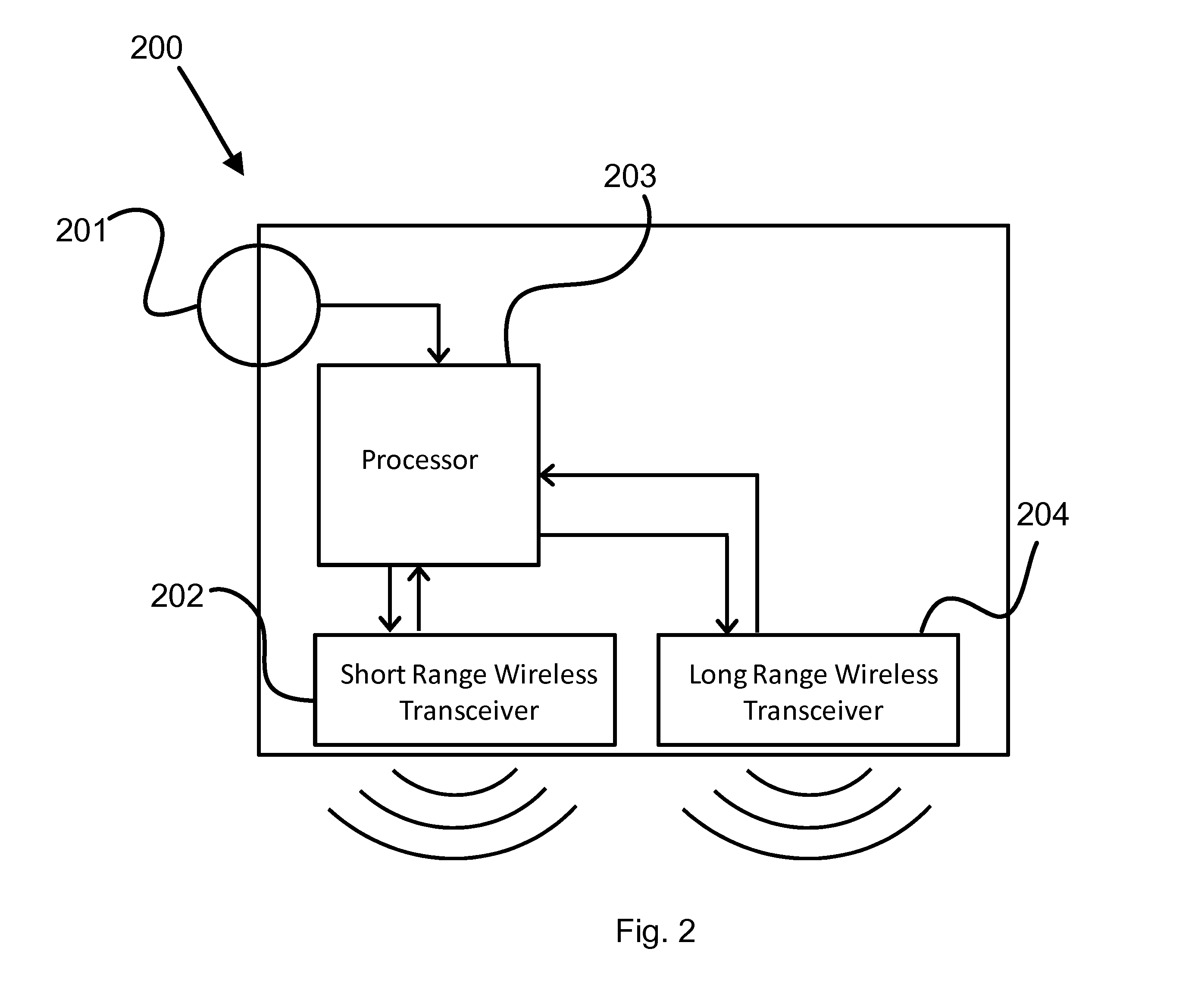Firstly, a coupon not used is money wasted by the advertiser, as well as paper resources wasted.
Money is lost when the advertiser paid for the production and the distribution of coupons not redeemed, which is usually the case.
Additionally, it is difficult and
time consuming to customize physical coupons for distribution to specific user groups; even so the probability that one coupon will reach the demographic group of interest is low.
Still, the physical coupon remains more of a hindrance than an incentive to business.
But the obvious short-fall here is that coupons for e-commerce are just that, only for online purchases.
This technology's falls short in that it operates on limited
consumer profiling information, requires customers to
handle physical coupons and prolongs the checkout process, and still requires coupon
processing to occur at a later time (i.e. the technology does not operate in real-time).
Customers utilizing membership and gift cards are at an inconvenience now that such incentives are ubiquitous.
Unfortunately to update or replace such systems is expensive and troublesome.
These networks are notorious for charging high rates for data transfers.
To simply push electronic incentives to mobile devices and to store this content locally would hinder the ubiquitous case for electronic incentives as consumers are forced to pay the high costs for data transfer.
Interacting with web pages is an excellent way to gather information but a poor method of alerting users to messages or alerts.
All of which has the
disadvantage of requiring users to accept the data transfer costs and memory allocation, and relying on existing 3rd party
payment networks connected to registers in order to confirm coupon redemptions.
Such methods are an inconvenience to a
mobile device user, wherein the user is not involved in the deciding what data is pushed onto their
mobile device.
In addition, there is no confirmation that the incentives were used.
Additionally, no systems or methods are in place to determine, with certainty, if incentives are redeemed, which doesn't allow for charging advertisers in real-time, tracking customer behavior, and more.
All data exchanges are one-way, wherein the claims fail to address how data is sent back to the same
server that issues the discount certificates.
The
disadvantage being that if a customer is in need of merchant information but not within proximity of the in-store readers, said customer is unable to access the desired information.
As such, it's not possible to confirm in real-time the redemption of incentives, allow for real-time billing to the advertisers, track customer transactions, and more.
This can be deemed as unnecessary hardware cost as an already existing mobile device is just as capable of selecting electronic coupons.
Additionally, the disadvantage of
patent application 20070150339 is that consumers can not share with each other digital incentives of interest.
Though in either method, such a network does not communicate with the point-of-sale
system that the coupon is being presented to, as well does not allow the user of the mobile device to communicate or interact with the
server that the computerized method is running on.
The disadvantage of such limits the ability to charge advertisers in real-time for redeemed incentives, limits the interest of the mobile device user, and limits the
usability of the coupon by the merchant.
The
wireless network claimed is limited by not being able to communicate with the point-of-sale
system that redeems the incentives.
This has the disadvantage of limiting the ability to charge advertisers in real-time for redeemed incentives, to track what incentives are being redeemed, and to
record user transaction history for future analysis.
As such, this
patent application has the disadvantage of limiting the ability to charge advertisers in real-time for redeemed incentives, to track what incentives are being redeemed, and to
record user transaction history for future analysis.
Additionally, the
system claimed by
patent application 20070174116 requires substantial modifications to existing point-of-sale systems, which is not always an option with legacy sale terminals.
This method described here, as well as other methods and system claimed by the inventors for distributing coupons, fails to include any features to allow the user to interact with the processing system that determines what coupons to disseminate to the
consumer.
As such, the user is not able to select what coupons to present to the vendor.
In addition, the user is unable to request coupons, loyalty memberships, or merchant information over their mobile device.
No network exists for the user to communicate with the distributing
database through their mobile device, or for the point-of-sale system to communicate with the distributing
database.
Thus, the system claimed in patent application 20090182634 is only practical for
payment transactions and not incentive distribution and redemption.
As such, this patent application has the disadvantage of limiting the ability to charge advertisers in real-time for redeemed incentives, to track what incentives are being redeemed, and to
record user transaction history for future analysis.
In addition, the claims rely on knowing the location of the customer, this limits what coupons are made available to the customer.
This method and system is at a disadvantage in that it forces mobile device users to download data and applications to their mobile devices and later delete the same data after redemption.
This requires allocation of limited memory on the mobile device, the use of costly
cellular data transfer and
time consuming action of deleting the data after redemption.
Additionally, there is no communication from the point-of-sale system to the databases that distributes incentives.
As such, the user is not able to interact through their mobile device with the
database containing the coupons.
US
Patent Application 20080097844 is unable to provide many of the novel features associated with a mobile wallet by not having the capability for a user to interact with the coupon server using their mobile device.
Such a method requires memory allocation on a user's mobile device's already limited memory space.
Additionally, extensive communication is required between the mobile device and the point-of-sale system.
For the merchant, a slower check-out process is a more costly process.
Additionally, the system and methods allow no means for communicating back to the incentive distributing database the confirmation of a redeemed coupon.
Also inherent to DMCs is the limited, or lack of decision a
consumer has in selecting what coupon they desire to redeem.
As such, preexisting legacy point-of-sale systems will require substantial
software modifications.
The result is a
complex network of devices and control systems that allow for instruction-based remote reconfiguring, updating of the entire point-of-sale system, as well implementation of a loyalty incentive program.
In addition, waiting on communications over an indeterminate network is highly susceptible to long wait times, resulting in a slower checkout process for the customer and merchant.
Additionally, the
relay /
communication device claimed by U.S. Pat. No. 748,367 is not capable of intercepting data, duplicating data, and forwarding data to two different ports.
Stutz's novel ideas are not designed for, or able to intercept already existing data flow.
Additionally, there is no method for a
mobile phone user to view redeemable coupons prior to checkout.
As such, there is no inducement for the customer, the
mobile phone user, to purchase a product associated with a coupon.
The prior art does not claim any sort of intercepting device to operate on, duplicate, and deliver existing data flows.
There is no collection of data at the mobile terminal, there is no intercepting device to operate on, duplicate, and deliver existing data flows.
The communication network presented by Vij is not designed to (or able to) intercept and operate on an already existing data flow.
The prior art provides no means for communication between the POS system and the central server.
This is not a feasible option if the promotion technology is to succeed.
This slows down the checkout process, especially if the processor and database are located remotely and communicating over an indeterminate network timing (i.e.
the Internet).
But then the system is at the major economical disadvantage of having to keep large databases onsite at each retail location.
As a result, the time it takes to complete the checkout process increases for an indeterminate amount of time.
Many mobile devices will require the latter, a cost prohibitive option for communicating digital incentives.
The patent does not present any means to aggregate multiple coupons into one
barcode image, nor any communication means for the point-of-sale system to communicate, in real-time, to the coupon provider server that the data has been read from the screen of the mobile device.
Much of the prior art that is related to adding functionality to merchant sales or related to facilitating data collection does not recognize the importance of real-
time data analysis, consumer interest and interaction, avoiding reliance on indeterminate network timing, low costs and easy to integrate solutions, central data collection, and more.
 Login to View More
Login to View More  Login to View More
Login to View More 


